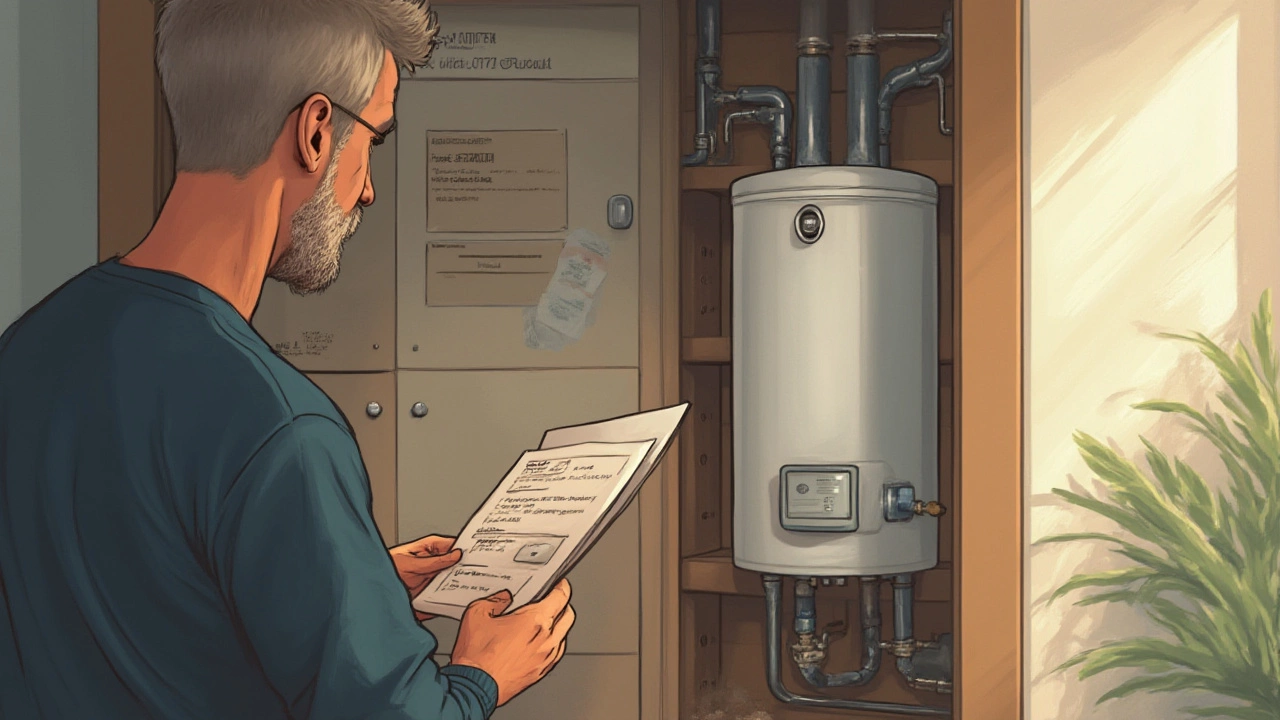
Learn if it's safe to press the reset button on your water heater, what it really does, and what to do if it keeps tripping. Get smart, simple tips for safe troubleshooting at home.
If your hot water suddenly stops, the first thing to check is the reset button on the heater. Many people overlook it, but a quick press can bring heat back in minutes. Below we’ll explain what the button does, how to use it safely, and the signs that you need a professional.
The reset button is a safety switch built into most electric water heaters. It trips when the heater gets too hot or when there’s an electrical fault. When it trips, the heater stops heating to protect itself from damage or fire. Pressing the button tells the unit that the problem is cleared and lets it try to heat again.
1. Turn off the power. Locate the circuit breaker for the water heater and flip it to ‘off’. This prevents any shock while you work.
2. Find the reset button. It’s usually a small red or black button on the side of the heater, near the thermostat. You may need to remove a plastic cover.
3. Press and hold. Push the button firmly for a couple of seconds. You should feel a click; that means the switch has reset.
4. Turn the power back on. Switch the breaker back to ‘on’ and wait a few minutes for the heater to start heating.
5. Check the hot water. Turn on a tap and see if warm water returns. If it does, you’re done. If not, the heater may have a deeper issue.
Remember, never force the button or use tools to pry it. If it won’t stay in, there’s likely a persistent fault that needs a qualified technician.
Even if the reset works, the underlying cause might still be there. Call an expert if you notice any of these signs:
These clues often point to a bad heating element, a faulty thermostat, or a wiring issue. A pro can safely test the components, replace parts, and make sure the heater runs efficiently.
Regular maintenance helps avoid future trips. Here are a few simple habits:
By keeping the heater clean and set at a moderate temperature, you reduce the chance of the safety switch engaging.
In most cases, a quick press of the reset button gets your hot water back. If the problem repeats, don’t ignore it—call South Shields Appliance Repair Services. Our certified technicians know water heaters inside out and can fix or replace faulty parts without unnecessary delays. Warm water should be simple, so let us handle the tough stuff while you enjoy a reliable shower every morning.

Learn if it's safe to press the reset button on your water heater, what it really does, and what to do if it keeps tripping. Get smart, simple tips for safe troubleshooting at home.